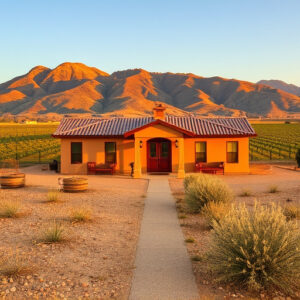Sonoita, Arizona's hidden gem in the Sonoran Desert, stands out for its thriving winery scene at high elevations of 4,000–5,000 feet. This unique microclimate allows for specific grape varieties and contributes to distinctive wine taste profiles. Researchers compare neighboring estates' high-elevation wines, finding variations driven by reduced sunlight, cooler temperatures, and diverse soils. Key differences are seen in Cabernet Sauvignon and Zinfandel, inspiring winemakers to craft microclimate-specific, vivid, complex, and elegant wines. Sonoita's terroir shapes its unique wine characteristics, appealing to sophisticated wine enthusiasts seeking "high-altitude wines."
Uncover the enchanting world of high-elevation wines in Sonoita, Arizona, where the unique terroir fosters exceptional varietals. This article explores a comparative study between neighboring estates, delving into the production secrets behind their distinctive offerings. From tasting notes highlighting varietal nuances to climate and soil’s profound impact, we navigate the factors shaping these fine wines. Additionally, we provide consumer insights on how high-elevation wines influence market trends within the thriving winery scene of Sonoita, AZ.
- Understanding High Elevation Wine Production in Sonoita, Arizona
- Research Methodology: Selecting Neighboring Estates for Comparison
- Tasting Notes: Varietal Differences at High Elevations
- Climate and Soil Impacts on Wine Quality and Style
- Consumer Insights: How High Elevation Influences Perception and Market Trends
Understanding High Elevation Wine Production in Sonoita, Arizona
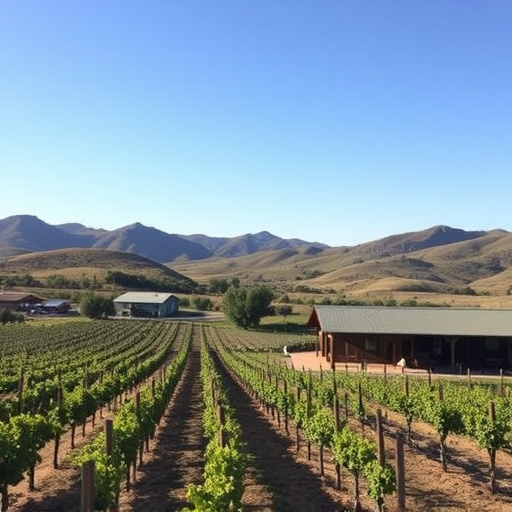
In the heart of Arizona’s Sonoran Desert, nestled in the mountains, lies Sonoita—a hidden gem known for its thriving winery scene. High elevation wine production in this region has gained significant recognition among oenophiles and winemakers alike. The area boasts an average elevation of 4,000 to 5,000 feet, which presents a unique set of challenges and advantages for grape cultivation. This elevated terrain offers cooler temperatures during the day and significantly lower night-time temperatures, creating an ideal microclimate for specific grape varieties.
Many wineries in Sonoita AZ take advantage of this environment to produce distinctive wines with notable characteristics. The cool nights slow down the ripening process, allowing for a longer growing season and enhancing the grapes’ natural flavors and acidity. This attention to detail and the region’s distinct terroir contribute to the unique taste profiles that set high-elevation Sonoita wines apart on the global wine stage.
Research Methodology: Selecting Neighboring Estates for Comparison
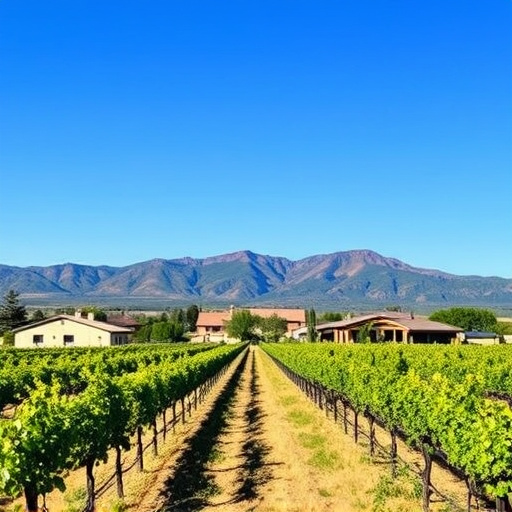
When comparing high elevation wines from neighboring Sonoita estates, the selection process begins with an in-depth understanding of the region’s unique terroir. Researchers meticulously choose a diverse group of wineries located within close proximity to each other, ensuring that microclimates and soil types are as varied as possible. This strategy allows for a comprehensive analysis of how these factors influence wine production across different estates.
The research methodology involves tasting sessions where experts evaluate the wines based on their characteristics, aromas, and flavors. Each winery’s representative provides insights into their viticultural practices, including grape varieties, harvesting techniques, and aging processes. By combining subjective assessments with detailed information, researchers can draw insightful comparisons, highlighting the nuances that make each Sonoita winery unique while identifying common threads that bind them together in this vibrant Arizona wine region.
Tasting Notes: Varietal Differences at High Elevations
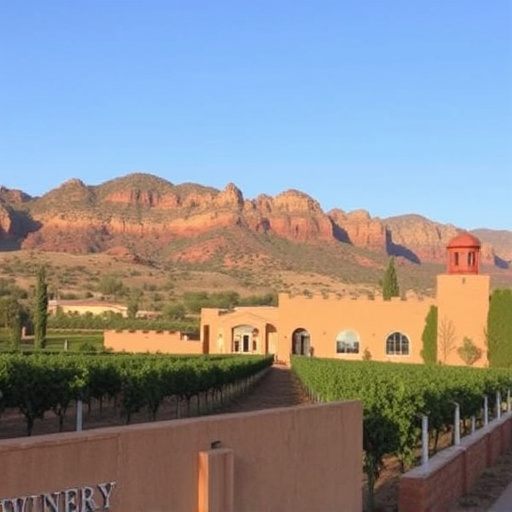
When comparing high-elevation wines from neighboring Sonoita estates, one notable aspect is the varietal differences that arise due to unique terroir. As wineries in Sonoita, AZ, elevate their vineyards to higher ground, typically between 2,000 and 4,000 feet, the wine profiles exhibit distinct characteristics. For instance, Cabernet Sauvignon grown at these elevations often presents with heightened acidity, enhanced tannin structure, and flavors of dark fruits like blackcurrant and cassis, balanced by subtle notes of tobacco and cedar. In contrast, Zinfandel grapes harvested from high-altitude vineyards tend to produce wines with a richer body, bursting with brambly fruit flavors, peppery spices, and a touch of earthy depth.
These varietal differences are not merely about flavor profiles; they reflect the impact of reduced sunlight, cooler temperatures, and varying soil types on grape development. Winemakers in Sonoita have learned to embrace these variations, crafting wines that capture the essence of their specific microclimates. Tasting notes for high-elevation wines from this region often include terms like “vivid,” “complex,” and “elegant,” showcasing the distinctiveness and quality achievable through the careful cultivation of grapes at these remarkable elevations.
Climate and Soil Impacts on Wine Quality and Style
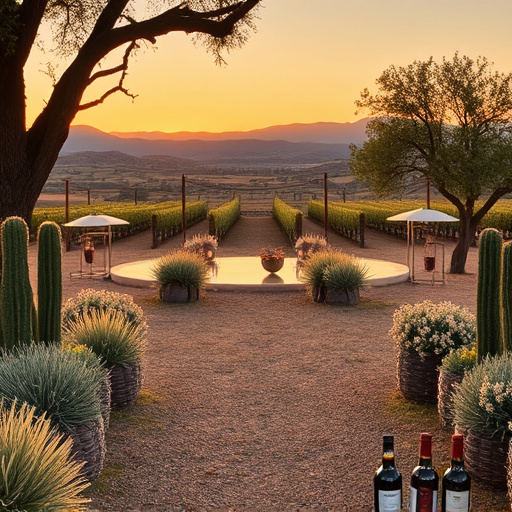
The climate and soil conditions in Sonoita, Arizona, play a pivotal role in shaping the unique characteristics of wines produced by neighboring estates. This region’s high elevation, averaging around 4,500 feet, presents cooler temperatures compared to lower-lying wine-producing areas. Such climatic nuances significantly impact grape ripening and contribute to the overall quality and style of the resulting wines.
Soil types in Sonoita vary, offering a diverse range from well-draining sandy soils to richer, more fertile loam. These variations influence water retention, nutrient availability, and air movement around the roots, all of which affect grape development. As a result, wineries in this region can craft distinctive wines with varying levels of acidity, fruit intensity, and complex flavors, making each estate’s produce truly special and reflective of their specific terroir.
Consumer Insights: How High Elevation Influences Perception and Market Trends
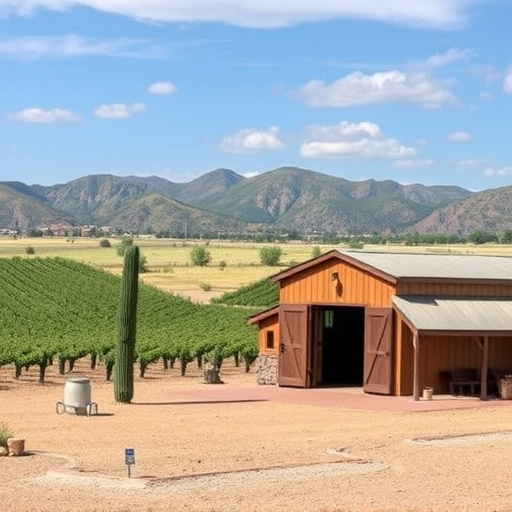
In the world of wine, high elevation is often perceived as a marker of quality and distinct flavor profiles. This perception heavily influences consumer trends in regions like Sonoita, Arizona, where numerous wineries thrive at significant altitudes. Research shows that consumers are increasingly drawn to “high-altitude wines,” associating them with unique terroirs and potential enhanced aroma and taste characteristics.
This trend has driven market demand for such wines, prompting winery owners in Sonoita to embrace the elevation advantage. As a result, many estates focus their marketing strategies on highlighting the altitudinal benefits, creating a niche market for high-elevation grown grapes. This strategy not only caters to sophisticated wine enthusiasts but also enhances the perceived value and desirability of wines produced in this region, fostering a thriving local wine industry centered around these neighboring Sonoita estates.
In the picturesque landscape of Sonoita, Arizona, high elevation wine production has emerged as a distinctive feature, shaping the unique character of local wineries. Through this comparative study, we’ve explored the nuanced differences in varietal expressions, climate influences, and consumer perceptions among neighboring estates. By delving into these aspects, we uncover the intricate relationship between elevation, terroir, and the final product, providing valuable insights for both winemakers and wine enthusiasts exploring the vibrant winery scene in Sonoita, AZ.
